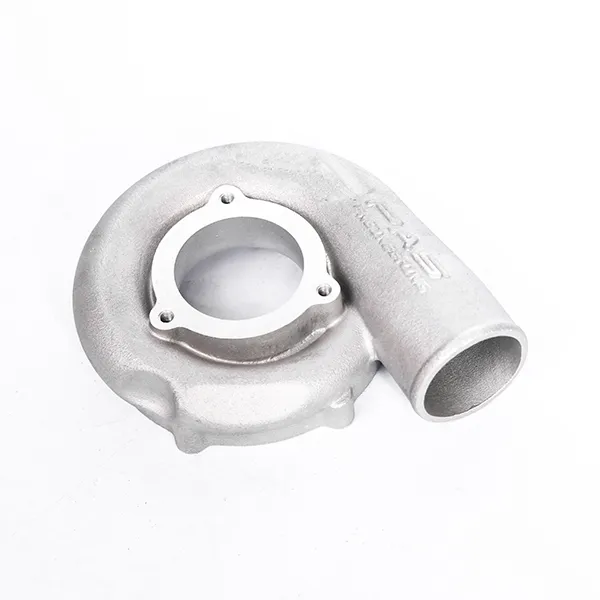Mobile:+86-311-808-126-83
Email:info@ydcastings.com
Italian
casing impeller
Understanding Casing and Impeller in Pumps A Comprehensive Overview
Pumps are fundamental components in various industries, including water treatment, chemical processing, and HVAC systems. Among the critical elements of a pump’s design are the casing and impeller, both of which play vital roles in the pump's overall function and efficiency. This article delves into the intricacies of casing and impellers, explaining their importance, differences, and interrelationship.
The Role of the Impeller
The impeller is one of the key components of a pump responsible for transferring energy to the fluid, thus enabling it to flow. It is typically a rotating disk with blades that extends outward from the center. When the impeller spins, it imparts kinetic energy to the fluid, converting mechanical energy from the motor into fluid energy. This action propels the fluid through the pump and into the discharge line.
Impellers can be designed in various shapes, including open, semi-open, and enclosed configurations. Open impellers have no cover plates, allowing for easier passage of solid particles, making them ideal for handling slurries. Enclosed impellers have both front and back shrouds, which can provide higher efficiency and are commonly used in clear fluid applications.
The Function of the Casing
The casing surrounds the impeller and serves multiple functions. It encompasses the impeller, providing housing and defining the pump's external shape. The primary purpose of the casing is to convert the kinetic energy imparted by the impeller into pressure energy, which pushes the fluid to the desired location. The design of the casing can significantly influence pump performance, determining factors such as flow rate, head, and efficiency.
casing impeller

Casing designs vary, including volute casings and diffuser casings. A volute casing gradually increases in area, which helps in slowing down the fluid velocity and converting kinetic energy to pressure. Diffuser casings have stationary blades, further guiding the fluid and enhancing efficiency. The choice between these designs often depends on the specific application and the type of fluid being pumped.
Interaction Between Casing and Impeller
The relationship between the casing and the impeller is crucial for the pump’s performance. To achieve optimal efficiency, both components must be designed to work together. An improperly sized impeller can lead to cavitation, excessive vibration, or noise, as it may not efficiently move the fluid through the casing. Similarly, a poorly designed casing can cause turbulence, reducing the overall hydraulic efficiency of the pump.
Furthermore, the materials used in manufacturing both the casing and the impeller are vital. They must withstand the operating conditions, including pressure, temperature, and the chemical nature of the fluid. Common materials include stainless steel, cast iron, and various plastics, depending on the application.
Conclusion
In summary, the casing and impeller are essential components that work in tandem to ensure efficient fluid movement in pumps. Understanding their functions and how they interact is critical for selecting the right pump for specific applications. By considering factors such as design, materials, and operational requirements, engineers and technicians can optimize pump performance, ultimately leading to improved reliability and cost-effectiveness in fluid handling systems. Whether in industrial settings or municipal water systems, mastering the dynamics of casing and impeller designs will contribute to more efficient and sustainable pumping solutions.











